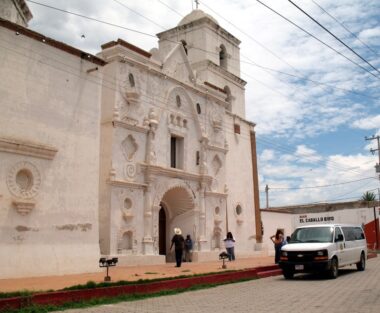Dale S. Brenneman, Bernard Siquieros and Ronald Geronimo – “O’odham History in Spanish Written Accounts” (lecture to be held in CESL 103)
LECTURE TO BE HELD IN CESL 103 Just east of the Arizona State Museum.

In late November, 1751, Spaniards were stunned when several hundred O’odham rose up in coordinated revolt resulting in the deaths of two Jesuit priests, some one hundred Spanish settlers, and an unknown number of O’odham. With more than fifty years elapsed since the last O’odham uprising, in 1695, Spanish officials and Jesuit missionaries had grown complacent regarding O’odham peacefulness, goodwill, and obedience, coming to rely upon O’odham cooperation as they strove to expand the Spanish colonial frontier while fending off Apache and Seri adversaries. Histories of Spanish colonization in the region seem equally unquestioning of O’odham amity during those intervening years. A close examination of contemporary Spanish written accounts, however, reveals a long and enduring tension between O’odham and European concepts of land use, social organization, and Native autonomy.
A collaborative project between the Arizona State Museum’s Office of Ethnohistorical Research and the Tohono O’odham Nation Cultural Center and Museum explores O’odham history as revealed in Spanish accounts covering two centuries of relations among O’odham and Pee Posh, Jesuits, Franciscans, Spaniards, and Mexicans. The project introduces an indigenous voice previously absent from the historical literature by including Tohono O’odham scholars and elders in reading and discussing the documents, drawing upon their cultural insights to balance and enrich interpretations of a record heavily biased in favor of European interests. This presentation offers some preliminary findings emerging from a partnership that is significantly changing how we view O’odham responses to Spanish intrusion.

 All Posts
All Posts